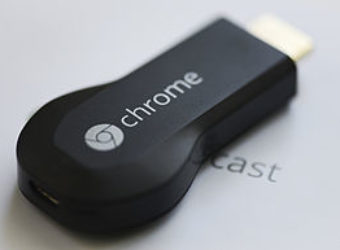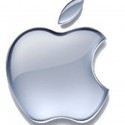July 26, 2012: Google Fiber Launched,2000: Napster Injunction Issued
Subscribe! Spotify | RSS | More
2012 – Google ran a contest for people to tell them why they should have fiber installed in their city. After millions of entries and a lot of interesting videos trying to convince the judges, Google decided that Kansas City KS would be the first fiber city. On this same day, Google also showed off Fiber TV service.
2000 – The Recording Industry Association of America was after Napster ever since the site came on-line. It was the promotion of illegally searching and downloading music and sometimes video. in 2000, Judge Marilyn Hall Patel issued a preliminary injunction against Napster, ordering the company to cease operation by July 28th.
The U.S. Circuit Court of Appeals would stay the injunction and raise questions to judge Patel and the injunction.
Subscribe to Day In Tech History:
RSS Feed - iTunes - Android - Spotify - iHeartRadio
Facebook -
- RSS Bandwidth by Cachefly Get a 14 Day Trial
- Join me on Patreon and support Day in Tech History
- Cyrix and Texas Instruments part ways
- The auction of Quokka.com assets
- The Google – Digg acquisition talks were reported to have fallen through.












![408px-Hacker_troll[1] 408px-Hacker_troll[1]](https://dayintechhistory.com/wp-content/uploads/2012/11/408px-Hacker_troll1-340x250.jpg)

![John-Scopes[1] John Scopes](https://dayintechhistory.com/wp-content/uploads/2013/07/John-Scopes1-340x250.jpg)

![y2k[1] y2k[1]](https://dayintechhistory.com/wp-content/uploads/2013/07/y2k1-340x250.jpg)


